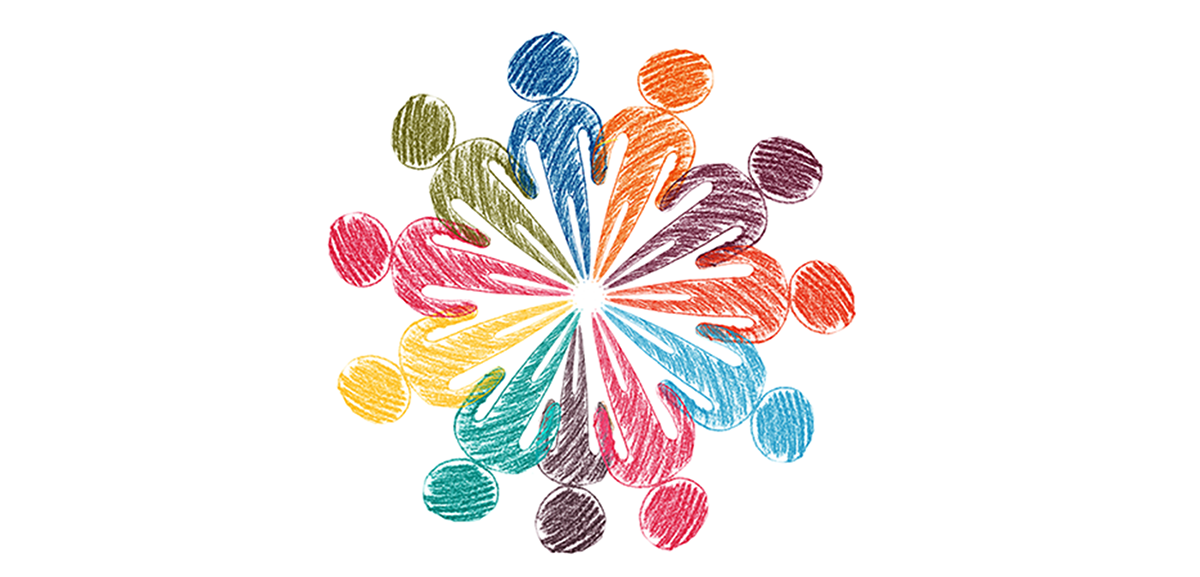This is my first post in a few months, and a lot has changed at Perlara since then! We doubled in size, expanding and creating more research teams, and launched multiple new PerlQuests. Our latest news is that we have launched a collaboration with the Undiagnosed Diseases Network (UDN) and Harvard Medical School. We are thrilled to be working with the UDN on two monogenic rare diseases, and launching the GNAO1 and RPS6KA3 (Coffin-Lowry Syndrome) PerlQuests.
How did we connect to the UDN?
Matt Might, an adviser to the Undiagnosed Diseases Network Coordinating Center, and the director of the Hugh Kaul Personalized Medicine Institute at the University of Alabama Birmingham, reached out to us with an opportunity to collaborate with the UDN. He sent us a list of over 100 disease mutations recently diagnosed at various UDN clinical sites, and we narrowed that list down to two disease genes, GNAO1 and RPS6KA3, based on what made the most sense for Perlara’s drug discovery platform. GNAO1 and RPS6KA3 pathogenic mutations result in neurodevelopmental disorders, and both GNAO1 and RPS6KA3 genes are evolutionarily conserved in worms and flies. We are modeling de novo heterozygous mutations from the patients diagnosed at the UDN (site of mutation highlighted in orange in the figures below) as well as others in these organisms for use in phenotypic drug screens, starting with a repurposing library.
 Figure 1. GNAO1 protein sequence comparison across organisms and A221 pathogenic mutation site conservation
Figure 1. GNAO1 protein sequence comparison across organisms and A221 pathogenic mutation site conservation
 Figure 2. RPS6KA3 protein sequence comparison across organisms
Figure 2. RPS6KA3 protein sequence comparison across organisms
How do these collaborations work?
The structure of our UDN collaboration is different from PerlQuests. Our PerlQuests are directly funded by the collaborating foundation or family who wants to embark on a drug discovery effort for their disease. The UDN collaboration is financed by NIH funds awarded to the UDN. Those funds are going to Stages I and II of the discovery process: model organism engineering and a pilot drug screen. We are engineering both worm and fly avatars for GNA01 and RPS6KA3 to represent the patient mutations, characterizing for gross developmental or locomotor defects, and performing a high-throughput drug screen on amenable screenotypes to identify repurposed compounds that rescue the diseases, the same discovery path we take in our PerlQuest collaborations.
This type of collaboration is new for us, as we will be working with and sharing research progress with clinical teams from both Mass General Hospital and Baylor College of Medicine. While all of our PerlQuest discovery efforts are in collaboration with patient families and organizations, this is our first drug discovery campaign where we are also working with clinicians.
After we announced the collaboration in a press release, we were contacted by families and organizations in the GNAO1 and RPS6KA3 communities. Among them was the Bow Foundation for GNAO1 families and research, as well as the Coffin-Lowry Syndrome Foundation, a support group for RPS6KA3 families. We are excited to be working and exchanging knowledge with these communities. Hopefully, through our collaboration with the UDN, we can help bring attention to both GNAO1 and RPS6KA3 diseases.
Where are we now in the discovery process?
We just started organism engineering for both diseases in the worm and fly models. That process will take a few months. Once we have the organism models finished, we will quickly begin identifying screenotypes for Perlara’s drug discovery platform. Research updates to come!



